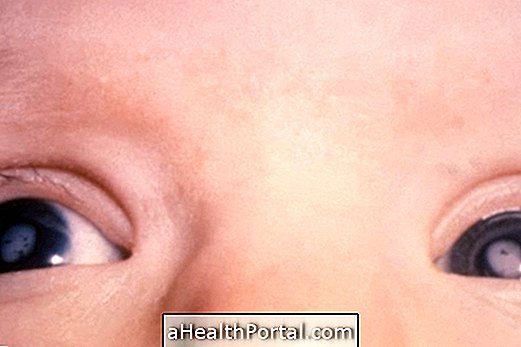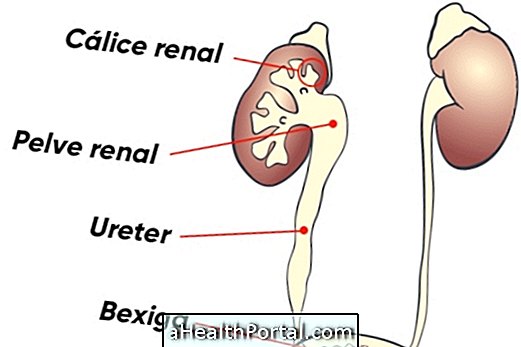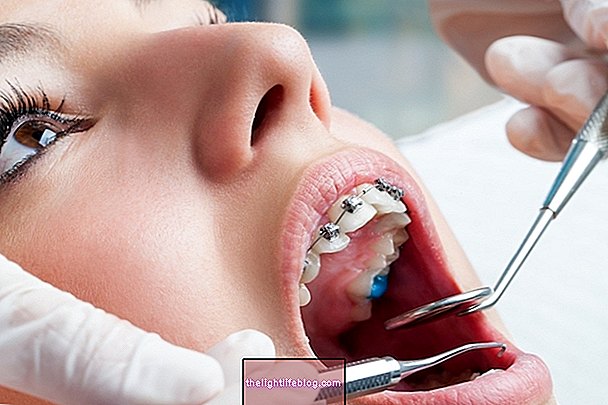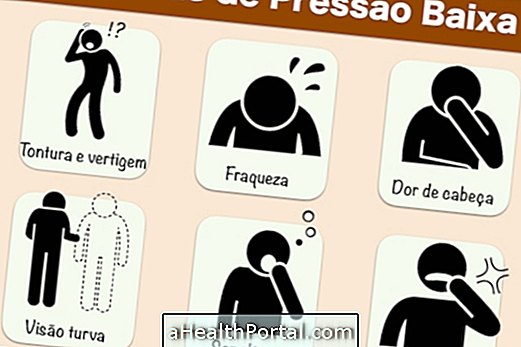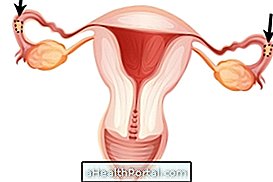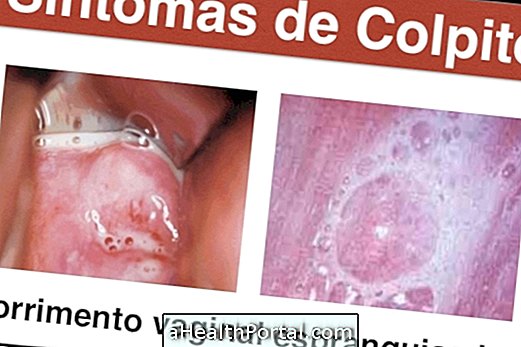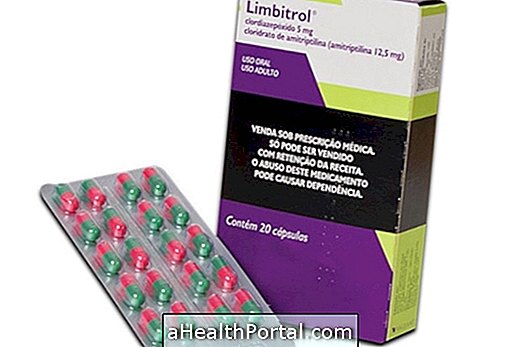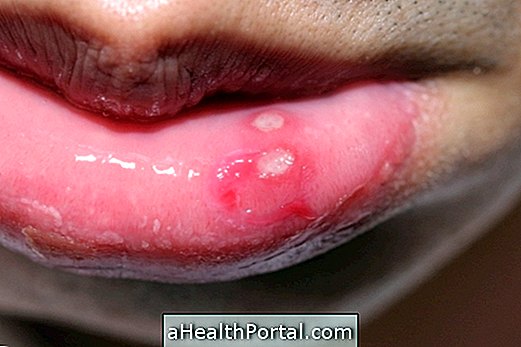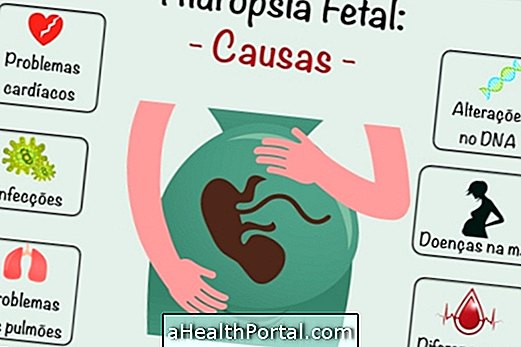The treatment for fracture of the clavicle in the baby is usually done only with the immobilization of the affected arm. However, in most cases it is not necessary to use an immobilizing sling, as in the adult, and it is only advisable to attach the sleeve on the affected side to the baby's clothing with a diaper pin, for example, thus avoiding sudden movements with the arm.
Fracture of the clavicle in the baby happens very often during a complicated normal birth, but can also happen when the baby is older due to falls or when it is incorrectly handled, for example.
Generally, the fractured clavicle heals very quickly and therefore can be fully healed in only 2 to 3 weeks, without the baby having any complications. However, in rare cases, there may be some sequelae such as paralysis of the arm or delayed development of the limb.


How to avoid the sequelae of the clavicle fracture
The sequelae of the clavicle fracture are rare and usually only arise when the clavicle breaks and reaches the nerves of the arm that are close to the bone, which can result in paralysis of the arm, loss of sensation, delayed development of the limb or deformation in the arm and hand, for example.
However, these sequels are not always definite and can only last as long as the clavicle heals and the nerves heal. In addition there are some forms of treatment to avoid definitive sequelae, which include:
- Physiotherapy: it is done by a physiotherapist and uses exercises and massages to allow the development of the muscles and amplitude of the arm, improving the movement. Exercises can be learned by parents so they can complete physical therapy at home, increasing the results;
- Remedies: The doctor may prescribe a muscle relaxant to decrease the pressure of the muscles on the nerves, decreasing possible symptoms such as pain or spasms;
- Surgery: Surgery is used when physical therapy does not show positive results after 3 months and is done by transferring a healthy nerve from another muscle in the body to the affected site.
Usually, seizure enhancements appear in the first 6 months of treatment, after which time they are harder to reach. However, the forms of treatment can be maintained over several years to achieve small improvements in the quality of life of the child.
How to care for baby with clavicle fracture at home
Some important care to keep the baby comfortable during recovery and avoid aggravation of the injury are:
- Hold the baby with your arms behind your back, avoiding placing your hands under the baby's arms;
- Lay the baby with the belly up to sleep;
- Use wider clothing and closures to make it easier to dress;
- Wear the affected arm first and undress first the unaffected arm;
Another very important care is to avoid forcing movements with the affected arm after removing the immobilization, letting the baby move the arm only what it can.
When to go to the pediatrician
The recovery of the fracture in the clavicle usually happens without any problem, however, it is recommended to go to the pediatrician when it arises:
- Excessive irritation due to pain that does not improve;
- Fever above 38º C;
- Difficulty breathing.
In addition, your pediatrician may schedule a follow-up visit after 1 week to have an x-ray and evaluate the degree of bone recovery, which may increase or decrease the length of time the arm needs to be immobilized.
